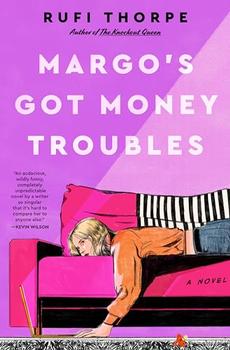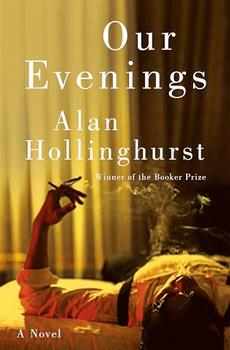(3/12/2024)
After some two years fixing up his dilapidated house near Ardnakelty in the west of Ireland, ex-Chicago cop, Cal Hooper is settling in, happy with the contrast to city life: “being boring is among Cal’s main goals. For most of his life, one or more elements always insisted on being interesting, to the point where dullness took on an unattainable end-of-the-rainbow glow. Ever since he finally got his hands on it, he’s savoured every second.”
His renovation is coming along, the villagers seem to tolerate him, Lena Dunne regularly shares his bed, and Trey, now fifteen, is building her furniture-restoring skills under his watch. His discreet, low-key care has a positive effect on her academic performance and her social acuity. For Trey, Cal’s place has peace, while at home “Their mam is silent, but it’s not a silence with peace in it. It takes up space, like some heavy thing made of rusted iron built around her”
Then her four-year-absent father, Johnny Reddy turns up. Cal sizes him up: “a type he’s encountered before: the guy who operates by sauntering into a new place, announcing himself as whatever seems likely to come in handy, and seeing how much he can get out of that costume before it wears too thin to cover him up any longer.”
Johnny invites a select few farmers to hear about a scheme guaranteed to put money in their pockets: a wealthy Londoner they are soon referring to as a Plastic Paddy, who claims a connection to the village, has a tale from his granny of gold in the ground. The Reddy family’s poor reputation ensures that many start out sceptical, but meeting the very posh Cillian Rushborough convinces them they can pull it off.
The likelihood of actual gold being low, Cal is quickly convinced there’s more to it all than what Reddy is saying: just who is scamming whom?
“The main talent Cal has discovered in himself, since coming to Ardnakelty, is a broad and restful capacity for letting things be. At first this sat uneasily alongside his ingrained instinct to fix things, but over time they’ve fallen into a balance: he keeps the fixing instinct mainly turned towards solid objects, like his house and people’s furniture, and leaves other things the room to fix themselves.”
Against his usual instincts, Cal gets involved, if just to keep an eye on where things are going, to make sure there’s no backlash on Trey when things go pear-shaped, as they inevitably will.
Each processing events in their own way, Trey and Cal and Lena aren’t sharing all they know, out of misguided concern or uncertainty, each trying to protect or not worry the other. Each acts according to their own agenda, sometimes at crossed purposes. Trey sees the opportunity for a kind of justice she’s longed for to be served. And then, one of the new arrivals is murdered…
Once again, French provides a slow burn tale in which readers can immerse themselves in gorgeous descriptive prose such as: “the fields sprawl out, a mosaic of varying greens in oddangled shapes that Trey knows as well as the cracks on her bedroom ceiling” and “Summer air wanders in and out of the window, bringing the smells of silage and clover, picking up sawdust motes and twirling them idly in the wide bars of sunlight” and “This barely even feels like a conversation, just a series of stone walls and briar patches.”
Also: “The house got a fresh coat of butter-coloured paint and some patches to the roof a couple of years back, but nothing can paper over its air of exhaustion. Its spine sags, and the lines of the window frames splay off-kilter. The yard is weeds and dust, blurring into the mountainside at the edges”
The dialogue as written easily evokes the Irish brogue, while the banter is often blackly funny: at one stage, Cal is surprised to find himself engaged, and the pub scene is very entertaining. The quirky cast from the first book, including those smart and amusing rooks, still appeal, and the reader’s investment in the main protagonists is amply rewarded.
This instalment is cleverly plotted with enough turns in the story to keep the reader thoroughly intrigued. While this sequel can be read as a stand-alone, there are some spoilers for the first book, and why would one deny themselves the pleasure of reading that one first? Brilliant Irish crime fiction.
This unbiased review is from an uncorrected proof copy provided by NetGalley and Penguin UK.



